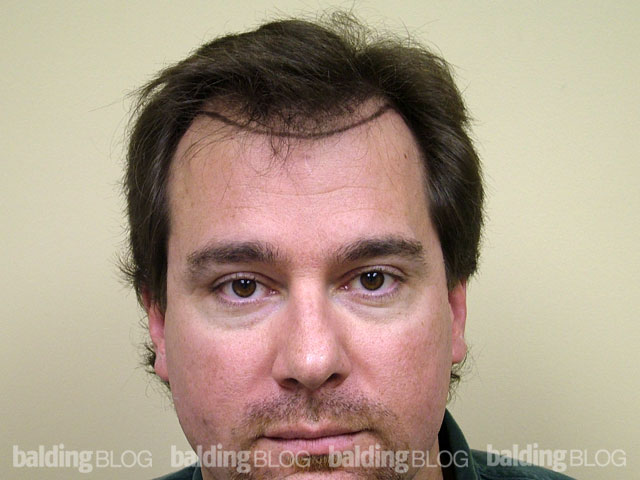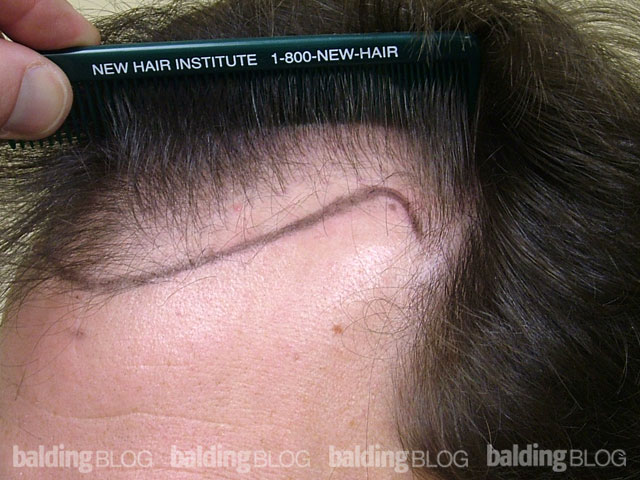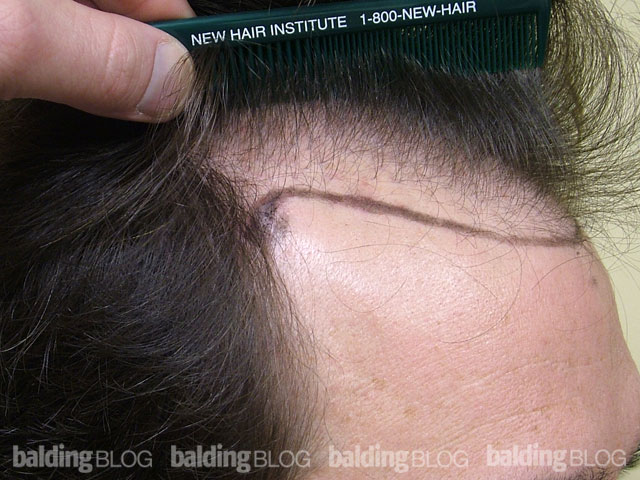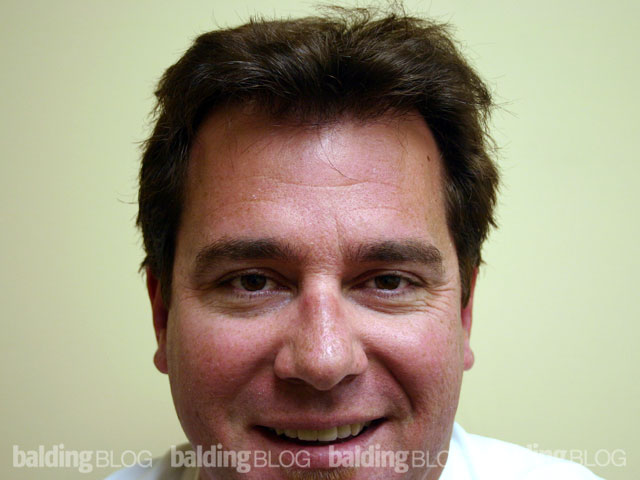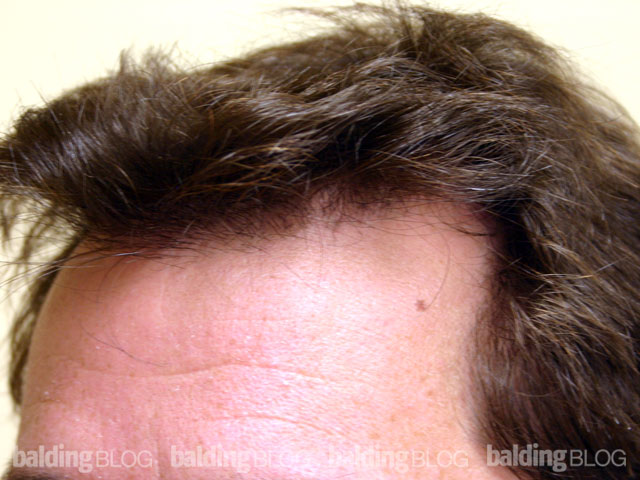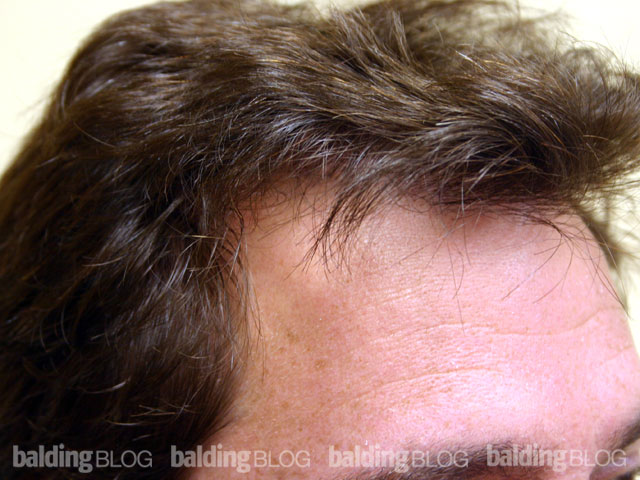Hi, I’m a 23 year old asian male with a norwood 2 hair pattern, I have been since I was 19. I was born with less hair on the crown than most, there’s a small hole there. I was wondering if an HT can cover that up and if it was safe to do so in say 2 years time? Is it also possible that I’m more ‘prone’ to hairloss because of it? I also wondered whether it was alright to have an HT to straighten the hairline? It’s only for cosmetic reasons I guess but I feel quite stupid with my hairline so I’m forced to put my hair out in the front. Thanks
If your hair is very straight and strong, what you are describing is the swirl in the back of your head. In Asians with strong, straight hair, the swirl will show. The swirl is created by the change in direction of the hair in front to the sides and behind it. Like water going down the drain, the swirl emphasized the hair flow and the eye can follow the hair shaft to the scalp. In most Asians, the light skin and dark hair make the swirl area look balding, when it is not actually going bald. Here’s a photo of the crown of our own Dr. Jae Pak, M.D. He is not balding in the crown, but what looks like balding is the result of (1) Asian straight hair that does little to cover the crown, (2) black hair on pale skin, and (3) low density hair, typical of Asians. In some Asians with hair that stands up on its own (like the spiked hair style that is popular today), there is the perception of thinning hair in the front, when that is actually not the case at all. The most difficult areas to get to be full looking therefore are the crown area (particularly in the center) and the frontal hairline where the light penetrates into the hair and the scalp (and when the skin is light and the hair is dark, the background lights up). As you may ascertain from what I have said here, there is a real ‘art’ to doing hair transplants, because the surgeon must understand the blend in color and contrast, hair thickness (like the brush strokes of a painting), the waviness of the hair, and the number of hairs available to fill in the balding area being transplanted. Like a portrait painting, you need to have a good artist doing it for it to look real, that is, unless you like the Picasso look.
If you wish to fill in the crown and make it fuller, you need to find a good hair transplant surgeon, one that is ethical and will be able to meet your goals without risking you to hair loss or deformities created by poor planning.
Anyway, here’s a photo of Dr. Pak’s crown, as mentioned above. Click the photo to enlarge.




